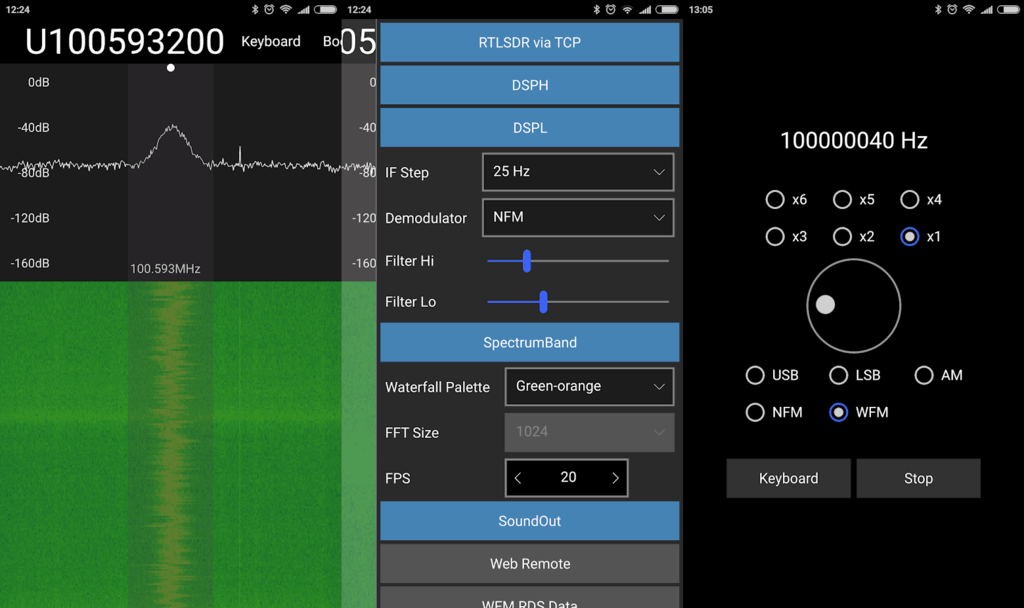Creating a High Altitude Balloon Telemetry System with Raspberry Pi, RPiTX and RTL-SDR
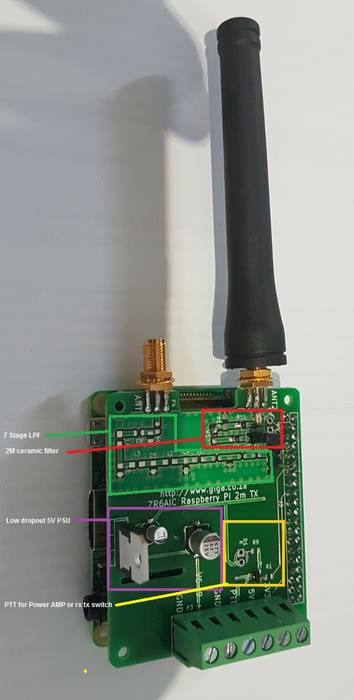
Over on his blog ZR6AIC explains how he's created a full HAB (high altitude balloon) telemetry transmit and receive system using RPiTX and an RTL-SDR dongle running on a Raspberry Pi 3.
RPiTX is software that enables the Raspberry Pi to transmit any modulated signal over a wide range of frequencies using just a single GPIO pin. However, the transmission contains multiple harmonics and thus requires sufficient filtering in order to transmit legally within the 2M ham band. To solve this ZR6AIC uses a 2M Raspberry Pi Hat kit which he designed and created that contains two low pass filters as well at the option for an additional power amplifier.
The rest of ZR5AIC's post explains how his HAB telemetry system combines the Raspberry Pi 3, RPiTX 2M Hat, RTL-SDR, a GPS unit, battery, temperature sensor and optional camera into a full HAB transmitting system. He also explains the software and terminal commands that he uses which allows him to transmit via RPiTX a CW beacon and GPS and temperature sensor APRS telemetry data with the Direwolf software. Full instructions on setting up the alsa-loopback audio routing is also provided.

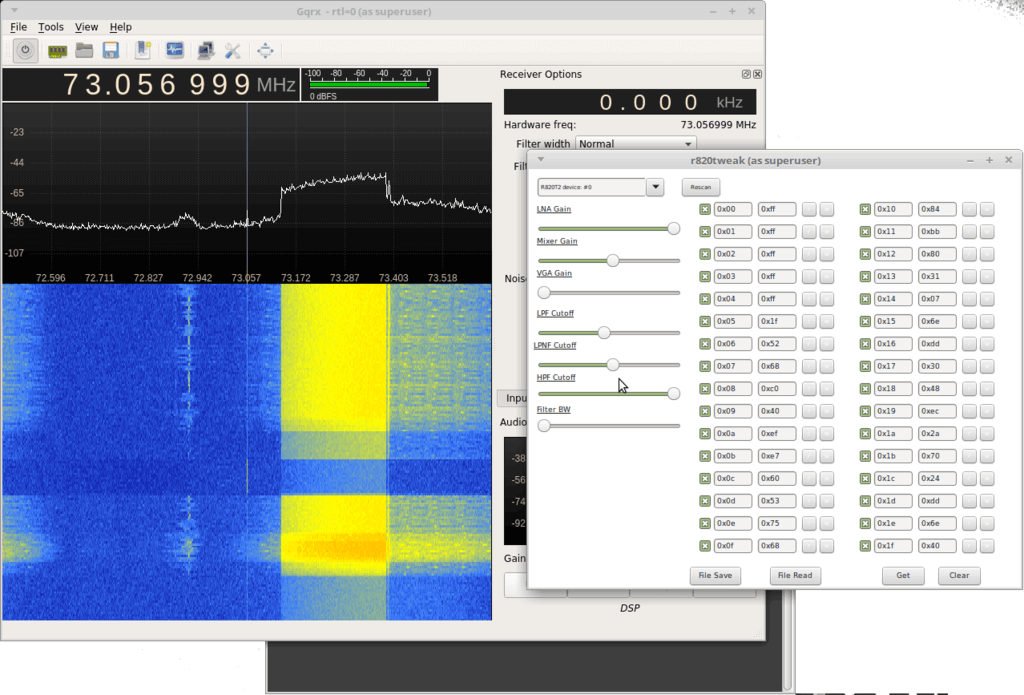
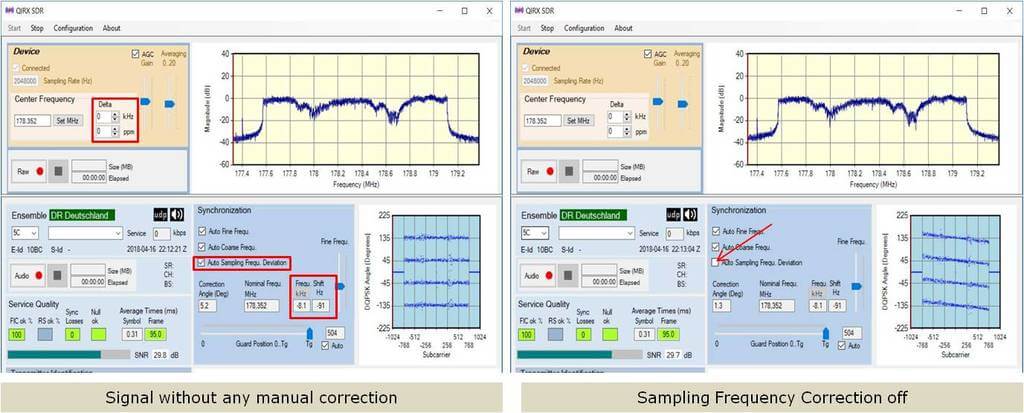
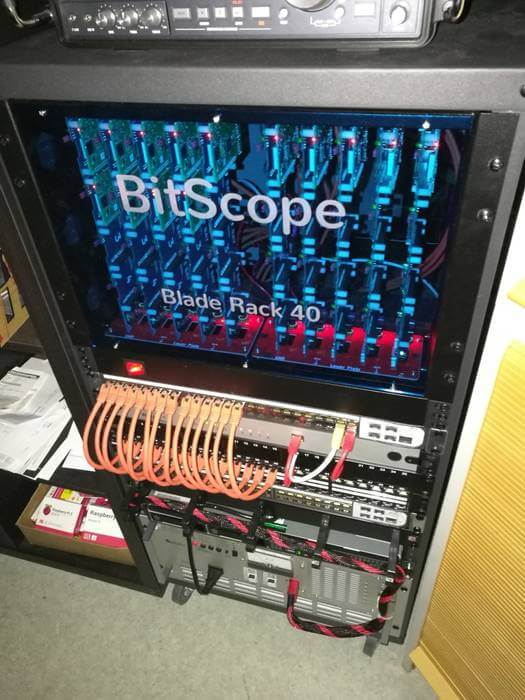
 Thank you to RTL-SDR.com reader 'JJ' for writing in with a submission for his Lego Pi Radio. JJ's Lego Pi Radio consists of a Raspberry Pi and RTL-SDR and is designed to be an FM Radio, MP3 and internet radio player all in one, with a cute enclosure made out of Lego bricks. The radio is controlled by an external numpad which allows for a number of presets to be chosen from.
Thank you to RTL-SDR.com reader 'JJ' for writing in with a submission for his Lego Pi Radio. JJ's Lego Pi Radio consists of a Raspberry Pi and RTL-SDR and is designed to be an FM Radio, MP3 and internet radio player all in one, with a cute enclosure made out of Lego bricks. The radio is controlled by an external numpad which allows for a number of presets to be chosen from.